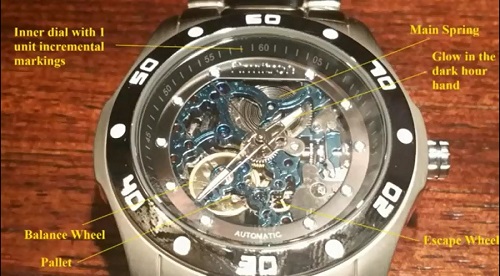
Robin Hood splits the arrow
This question is too long to be an article title. The title I used just captures the elements involved. Here is the full question:
Question 15: Psychology says evolution has wired people to find “agency” — a personal cause — in everything, even when we know it’s not true. If they think the world and what happens here has a personal cause, it’s just another case of imagining agency when it isn’t really there.
This is a complex question filled with assumptions and bad reasoning. So let’s start by identifying the assumptions and bad reasoning, and then we’ll go on to the core of the question and the answer. Continue Reading




